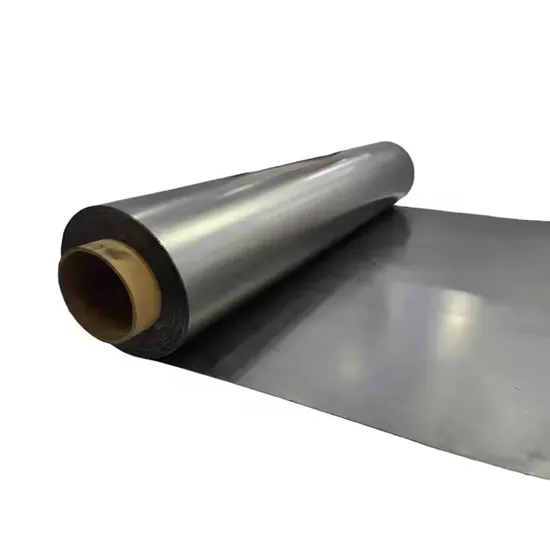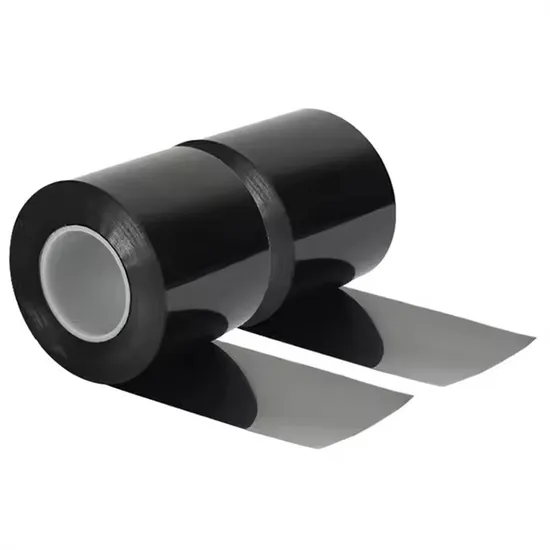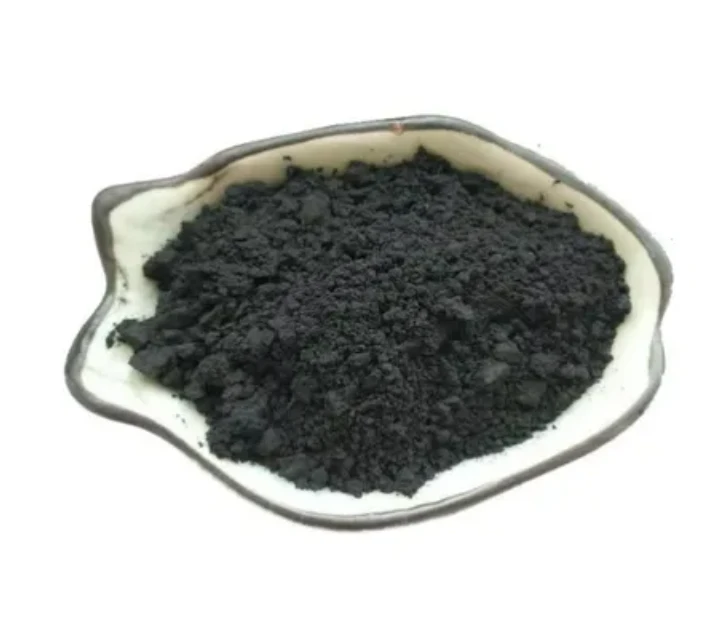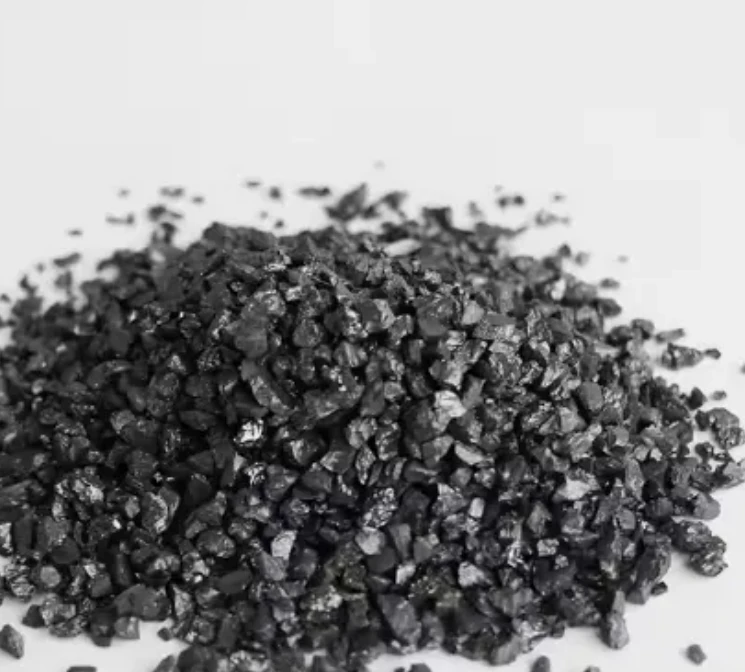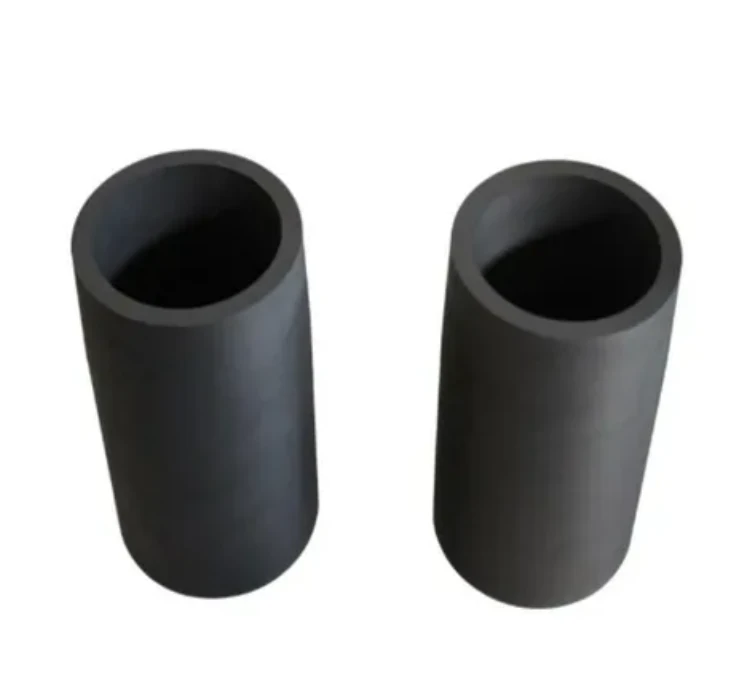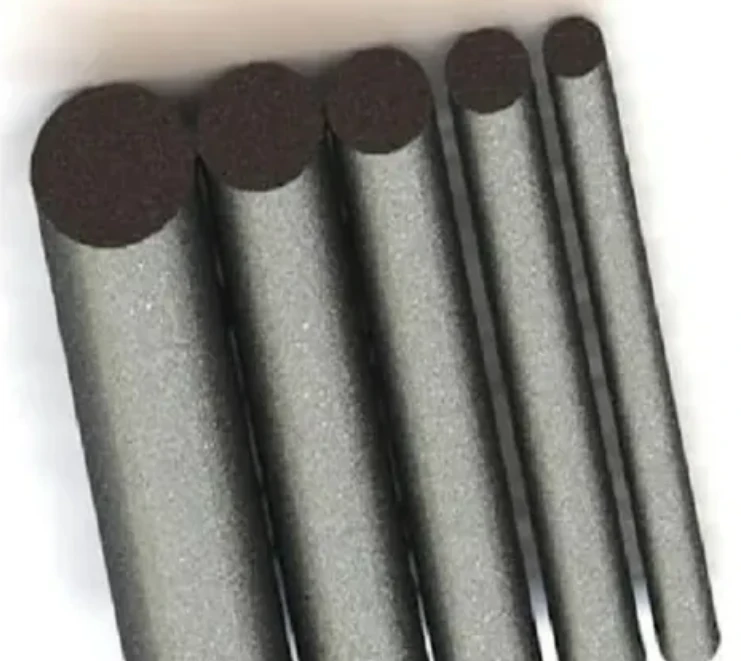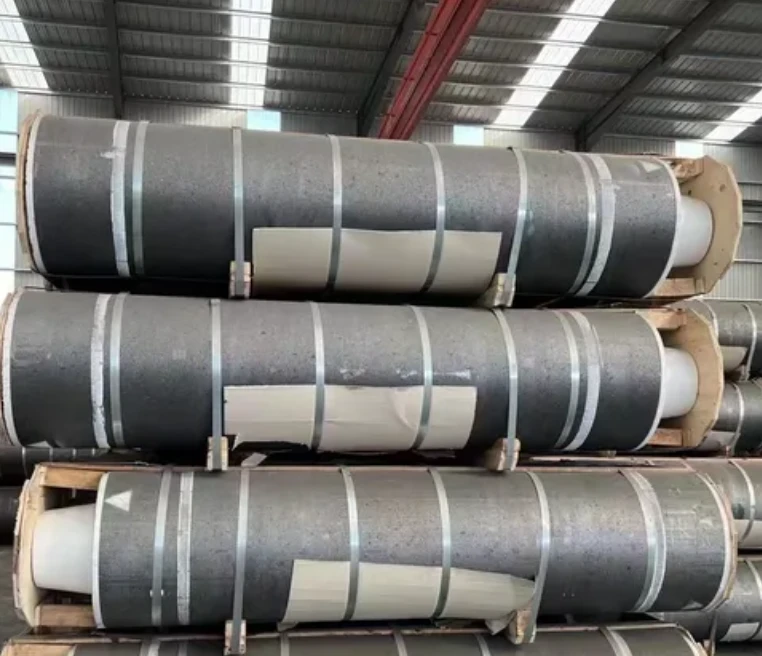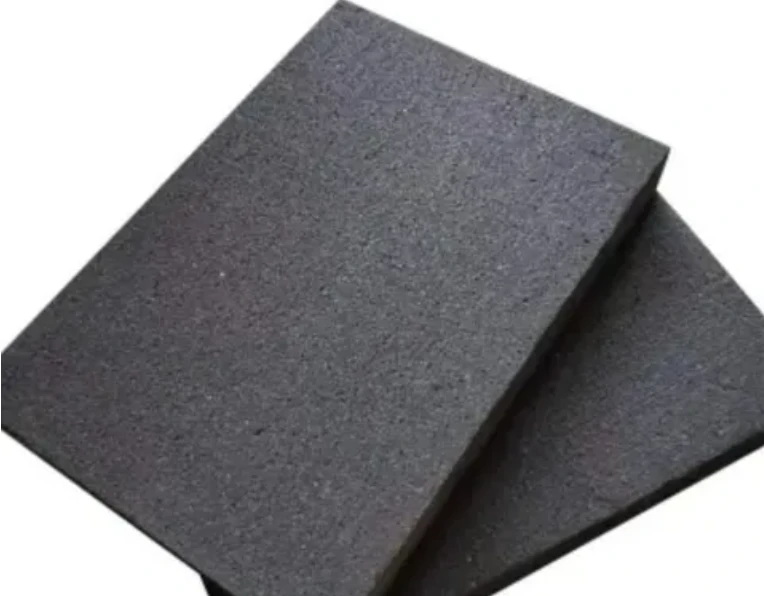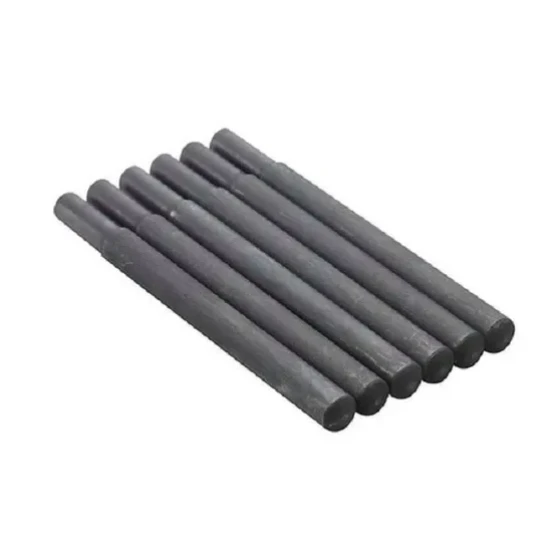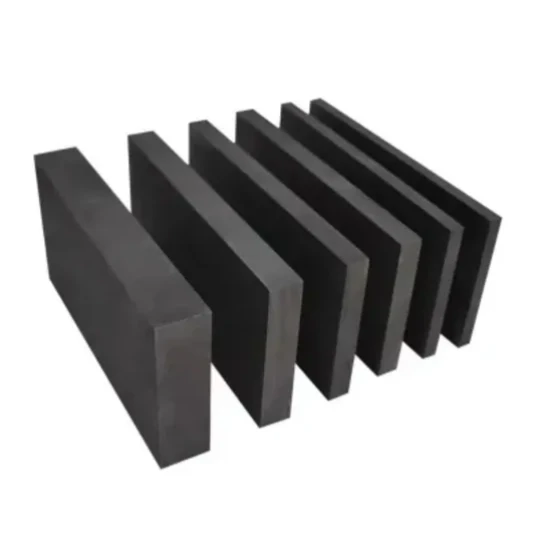- Englist


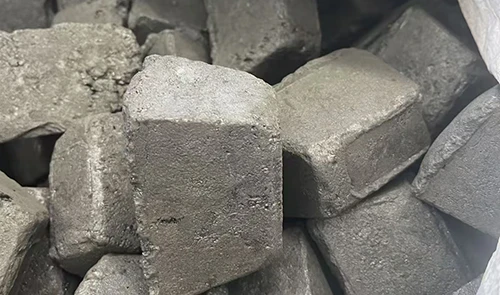
- Introduction to Advanced Thermal Management Solutions
- Technical Advantages of Graphite-Based Materials
- Performance Comparison: Leading Manufacturers
- Customization for Industry-Specific Requirements
- Real-World Implementation Scenarios
- Material Testing and Compliance Standards
- Future Trends in Thermal Interface Technology

(graphite thermal sheet)
Enhancing Thermal Efficiency with Graphite Thermal Sheet Solutions
Modern electronics demand superior heat dissipation to maintain performance and longevity. Graphite thermal sheets have emerged as a critical component in thermal management systems, offering 5-10x better thermal conductivity than traditional silicone pads. These sheets efficiently transfer heat from high-temperature components like CPUs and GPUs, operating effectively within -50°C to 400°C ranges.
Technical Superiority in Heat Dissipation
Pyrolytic graphite sheets exhibit exceptional in-plane thermal conductivity reaching 1,500-1,800 W/mK, outperforming copper by 25%. Key benefits include:
- Ultra-thin profiles (0.01-0.5mm) enabling compact designs
- Anisotropic thermal transfer properties
- Electromagnetic interference shielding capabilities
Manufacturer Performance Benchmarking
| Brand | Conductivity (W/mK) | Thickness (mm) | Temp Range (°C) | Cost/m² |
|---|---|---|---|---|
| NeoGraf | 1,700 | 0.025 | -60 to 450 | $320 |
| GrafTech | 1,550 | 0.03 | -50 to 400 | $280 |
| Panasonic | 1,400 | 0.02 | -40 to 380 | $350 |
Tailored Solutions for Diverse Applications
Customization options address specific industry needs:
- Consumer Electronics: 0.1mm sheets with PSA adhesive
- Automotive: Fire-resistant grades meeting UL94 V-0
- Aerospace: Radiation-resistant variants
Industrial Implementation Case Studies
A smartphone manufacturer reduced chip temperatures by 22°C using 0.15mm graphite sheets, enabling 15% higher clock speeds. Electric vehicle battery packs achieved 40% faster heat redistribution in safety-critical applications.
Quality Assurance and Certification
All commercial graphite thermal sheet
s must comply with:
- ASTM E1461 thermal diffusivity standards
- IEC 61215 environmental testing
- RoHS 3 Directive 2015/863/EU
Innovation Pathways for Graphite Thermal Sheet Technology
Emerging hybrid materials combining graphene with pyrolytic graphite promise thermal conductivity exceeding 2,200 W/mK. Industry forecasts predict 14.3% CAGR growth through 2030, driven by 5G infrastructure and high-performance computing demands.
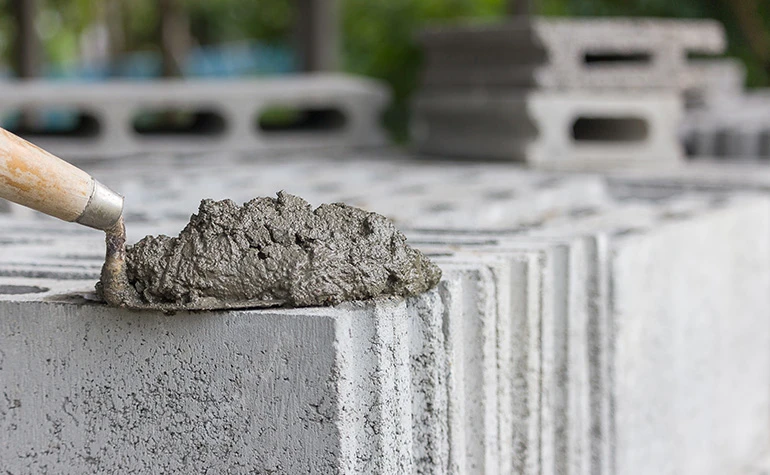
(graphite thermal sheet)
FAQS on graphite thermal sheet
Q: What is the thermal conductivity of a graphite sheet?
A: Graphite sheets typically have a thermal conductivity ranging from 300 to 1,900 W/mK, depending on their purity and structure. This makes them highly effective for heat dissipation in electronics and industrial applications.
Q: How does a graphite thermal sheet improve device performance?
A: A graphite thermal sheet efficiently transfers heat away from sensitive components, reducing overheating risks. Its lightweight and flexible design allows seamless integration into compact devices like smartphones and laptops.
Q: What distinguishes thermal pyrolytic graphite from standard graphite sheets?
A: Thermal pyrolytic graphite (TPG) is manufactured through high-temperature decomposition, achieving superior in-plane thermal conductivity (up to 1,900 W/mK). Standard graphite sheets offer lower conductivity and are less specialized for extreme thermal management.
Q: Are graphite thermal sheets electrically conductive?
A: While graphite sheets conduct heat exceptionally well, they are also electrically conductive. Insulating layers or coatings are often added for use in electronic circuits to prevent shorting.
Q: Where are graphite thermal sheets commonly applied?
A: These sheets are widely used in electronics (e.g., CPUs, LEDs), automotive systems, and aerospace components. Their high thermal efficiency and thin profile make them ideal for space-constrained environments.





 Pervious
Pervious
 Next
Next
